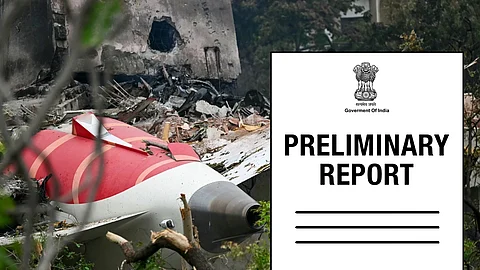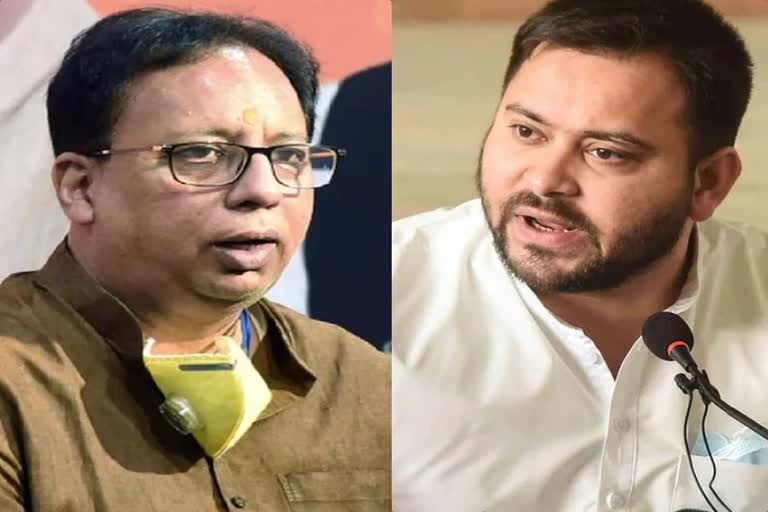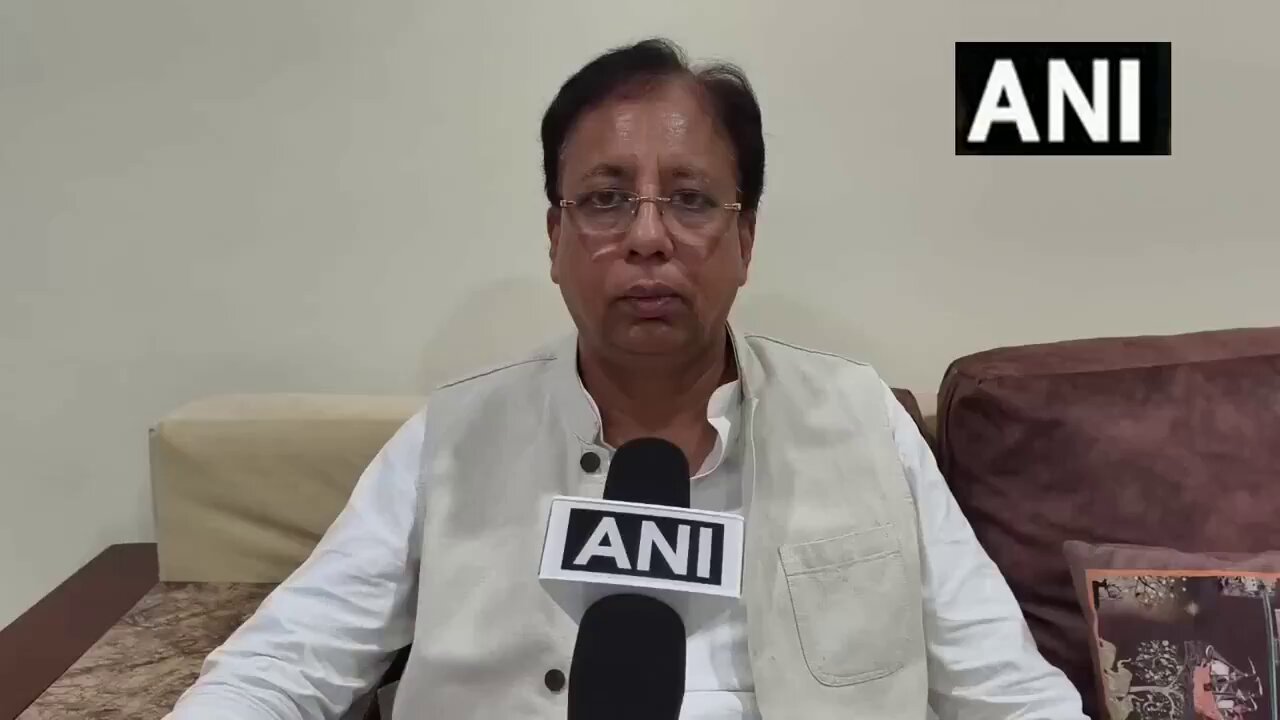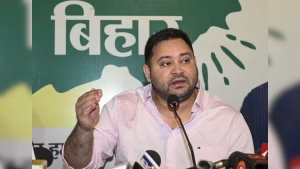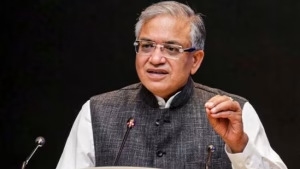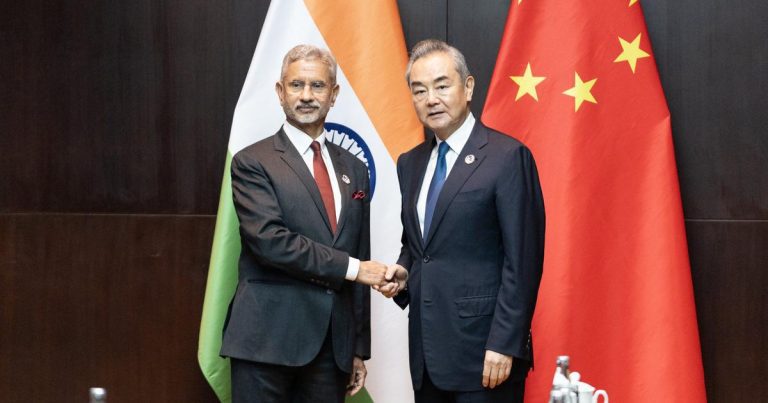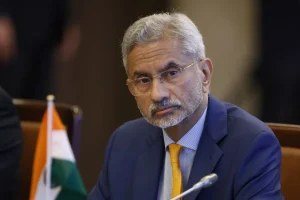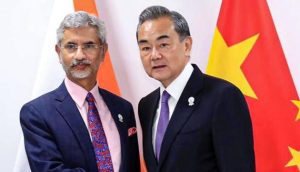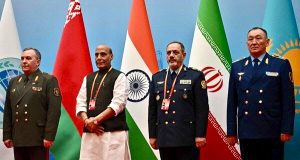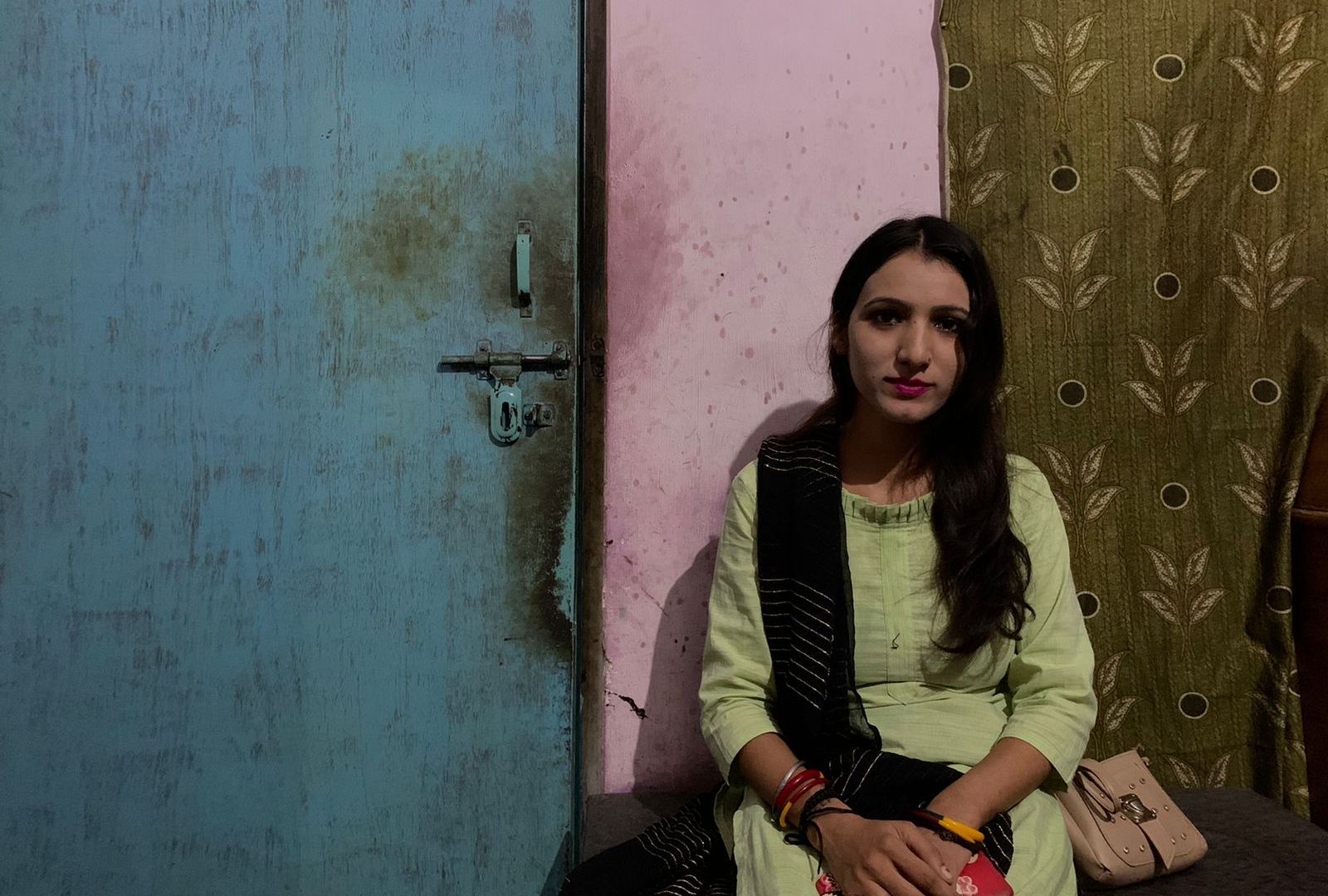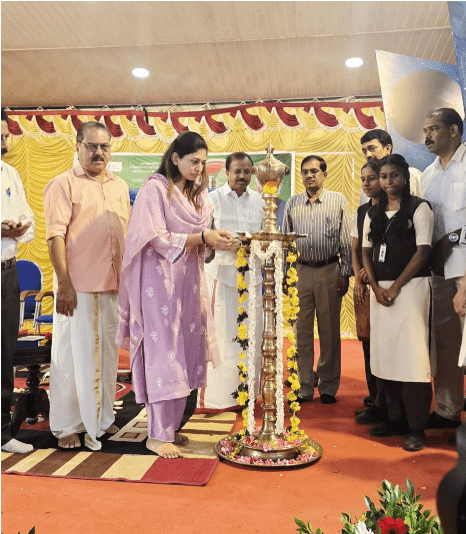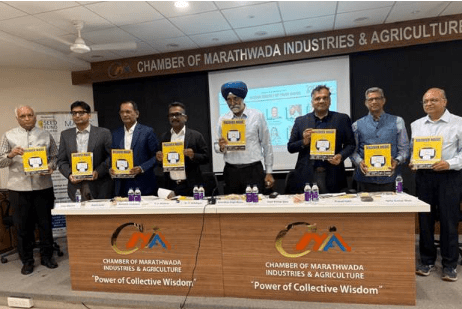New Delhi – After spending two-and-a-half weeks aboard the International Space Station, Indian astronaut Group Captain Shubhanshu Shukla Prepares Return to Earth with a heart full of memories and scientific achievements. The historic mission marks a significant milestone for India’s space program, as Shukla became the first Indian astronaut to reach the ISS and the first Indian to venture into space in 41 years.
During a farewell ceremony on the ISS, Group Captain Shukla shared his profound observations about India’s current status on the global stage. “Forty-one years ago, an Indian went to space, and he also described how India looks from above,” he reflected. “Today’s India from space looks ambitious, fearless, confident, and full of pride.” His emotional words resonated with millions back home as Shubhanshu Shukla Prepares Return with renewed perspective on his homeland’s capabilities.
Vision of Modern India from Space

As Shubhanshu Shukla Prepares Return to Earth, his observations about India’s transformation have captured national attention. The astronaut’s unique vantage point from the ISS allowed him to witness firsthand how the nation has evolved over the decades. “Because of these reasons, I am telling you again, ‘Aaj ka Bharat abhi bi sare jahan se acha dikhta hai’ (today’s India still looks the best in the world),” he declared with evident pride.
The astronaut’s perspective on India’s progress reflects not just geographical observations but also the nation’s growing confidence in space exploration and technological advancement. His words carry special significance as Shubhanshu Shukla Prepares Return following a mission that has elevated India’s standing in the international space community.
Scientific Accomplishments and International Collaboration


During his extended stay at the ISS, Group Captain Shukla conducted numerous microgravity research experiments proposed by Indian national R&D laboratories and academic institutions. The Shubhanshu Shukla Prepares Return phase of his mission includes bringing back valuable scientific data that will benefit research communities across India and contribute to global space science advancement.
Also Read: Air India Crash Preliminary Report Reveals Switch Mystery; Leaves Family Unsatisfied
The Axiom-4 mission represented unprecedented international cooperation, with the research complement including around 60 scientific studies and activities representing 31 countries. As Shubhanshu Shukla Prepares Return, he carries with him the results of collaborative efforts involving the United States, India, Poland, Hungary, Saudi Arabia, Brazil, Nigeria, the UAE, and nations across Europe.
His experiments focused on various aspects of space science, including skeletal muscle degradation in space, which has significant implications for long-duration space missions and human health research. The success of these experiments as Shubhanshu Shukla Prepares Return demonstrates India’s growing capabilities in space-based scientific research.
Inspiring Future Generations
Throughout his mission, Group Captain Shukla maintained strong connections with the Indian community, particularly students and young aspiring scientists. He conducted several interactions with the student community back home via ham radio and had a special conversation with Prime Minister Narendra Modi. These outreach activities have been crucial in inspiring the next generation as Shubhanshu Shukla Prepares Return with stories of achievement and possibility.
“My journey to the ISS is going to get over. But your and my journey is still on; the journey of our human space mission is a long and also difficult one,” he told students during one of his interactions. “But I can assure that if we are determined, even stars are attainable.” This message of perseverance and ambition will continue to resonate long after Shubhanshu Shukla Prepares Return to Earth.
Complex Return Journey and Technical Details

The return journey as Shubhanshu Shukla Prepares Return involves sophisticated technical procedures and precise timing. The Axiom-4 crew is scheduled to undock from the forward-facing port of the station’s Harmony module at 4:35 p.m. IST on July 14, 2025. The crew will begin their journey home aboard SpaceX Dragon, with a planned splashdown off the coast of California.
The carefully orchestrated return process will take approximately 22.5 hours from undocking to splashdown. As Shubhanshu Shukla Prepares Return, the Dragon spacecraft will perform a series of departure burns to move away from the space station, conduct multiple orbit-lowering maneuvers, jettison the trunk, and re-enter Earth’s atmosphere before the final splashdown on July 15, 2025, at 3 p.m. IST.
Extended Mission and Adaptive Planning
Originally planned for up to 14 days at the ISS, Group Captain Shukla’s mission was extended by several days, allowing for additional scientific work and outreach activities. This extension demonstrates the flexibility and adaptability of modern space missions as Shubhanshu Shukla Prepares Return with even more accomplishments than initially planned.
The extended duration provided valuable additional time for conducting experiments and maintaining communication with Earth-based teams. This extra time proved beneficial for both scientific objectives and public engagement initiatives, making the mission even more successful as Shubhanshu Shukla Prepares Return to his home country.
Rehabilitation and Readaptation Process
Following splashdown, the return journey continues with a comprehensive rehabilitation program. As Shubhanshu Shukla Prepares Return to normal Earth conditions, he will undergo approximately one week of supervised rehabilitation under the guidance of flight surgeons. This critical phase helps astronauts readapt to Earth’s gravity after experiencing extended periods of microgravity.
The rehabilitation process is essential for ensuring the astronaut’s health and well-being while gathering valuable medical data about human adaptation to space travel. This information will be crucial for future long-duration missions as India continues to develop its human spaceflight capabilities.
Legacy and Future Implications

The profound impact of this mission extends far beyond individual achievement. As Shubhanshu Shukla Prepares Return, he brings with him not just scientific data but also inspiration for an entire nation. His words about international cooperation particularly resonate: “What humanity is capable of when all of us come together from different parts of the world and work for a common goal.”
This mission represents a pivotal moment in India’s space exploration journey, demonstrating the nation’s capabilities and commitment to advancing human space exploration. The success of this mission as Shubhanshu Shukla Prepares Return will undoubtedly influence future space policies and inspire increased investment in India’s space program, setting the stage for even more ambitious missions in the years to come.


